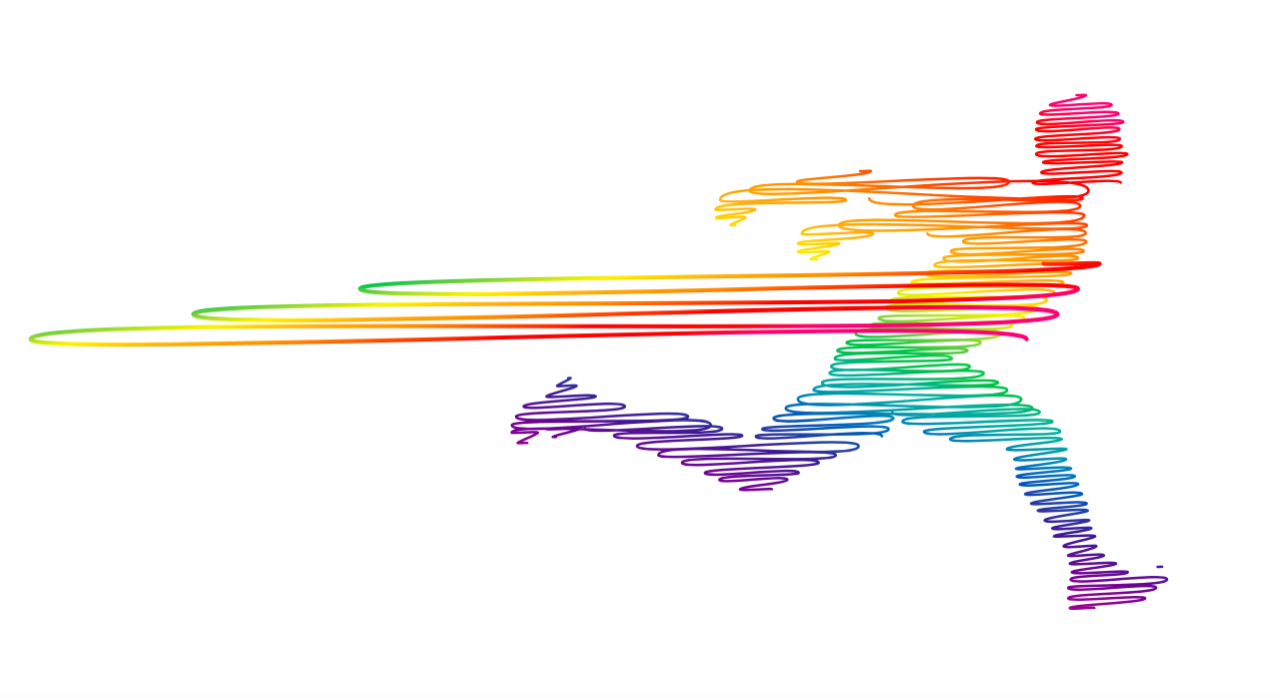By Meg Evans
September 2012
The top priority for the U.S. Department of Education’s new Race to the Top-District (RTT–D) competition is to create personalized-learning environments to bolster student achievement:
Absolute Priority 1: Personalized Learning Environments. To meet this priority, an applicant must coherently and comprehensively address how it will build on the core educational assurance areas (as defined in the notice) to create learning environments that are designed to significantly improve learning and teaching through the personalization of strategies, tools, and supports for students and educators that are aligned with college- and career-ready standards (as defined in the notice) or college- and career-ready graduation requirements (as defined in the notice); accelerate student achievement and deepen student learning by meeting the academic needs of each student; increase the effectiveness of educators; expand student access to the most effective educators; decrease achievement gaps across student groups; and increase the rates at which students graduate from high school prepared for college and careers.
Using online learning in blended-learning environments will be critical for most Local Education Agencies (LEAs) to realize this priority. As Innosight Institute has written in several reports, there are a growing number of schools and districts across the country that are implementing blended-learning models. Innosight Institute has collected dozens of case studies of blended-learning programs on its website. These profiles may be an important resource for those LEAs seeking to apply to the competition, as the profiles chronicle the history of how schools and districts started their blended-learning programs, the effect of these programs on student achievement, the blended-learning models they use, and the software or Internet tools that power these programs.
Background on the need for personalized learning
Today’s education system was built to standardize the way we teach and test. This worked well when students would grow up to work in an industrial job. Now that we ask increasingly more of students, however, this arrangement falls short. Given that everyone has different learning needs at different times—we learn at different paces, have different aptitudes, and enter classes with different experiences and background knowledge—we need an education system that can customize so that each student can realize her fullest potential.

